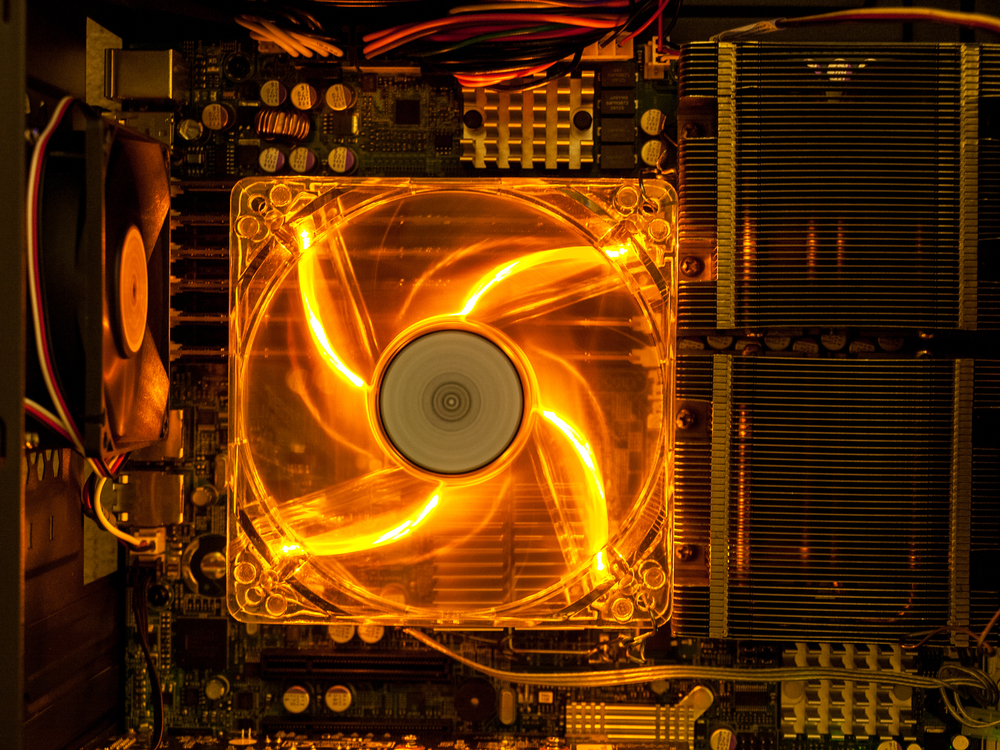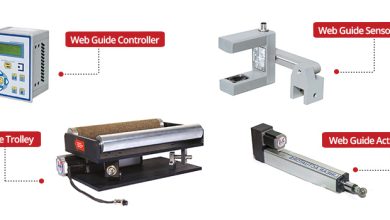Understanding PC Server and Parts: Your All-Inclusive Guide

A server is a hardware or software device that uses a network to supply resources to other computers, often known as clients. These fault-tolerant, high-performance computers are built to operate constantly for extended periods of time. Although the PC server and parts cost more than their desktop equivalents, the increased risk of failure makes the expense warranted.
Types Of PC Server Hardware
Mainframe, blade, and rack servers are the three types of server hardware available.
-
Rack Servers
Businesses install rack-mounted servers, along with other network and storage devices, in server racks, leveraging their versatility as general-purpose computers. Rack servers can handle various tasks and take up little room because they are roughly the size of a conventional PC. It’s simple to update and replace them with new parts, and it’s not required for all rack servers in a single rack to have the same type. Cables for power, networking, and storage connect at the rear of the stack.
-
Blade Servers
We call high-performance servers packed into chassis blade servers. Compared to rack servers, they occupy even less space. Blades are modular parts that slide into a chassis with other blades. Every blade is a server with memory, network controllers, and its own processors. All blade servers housed within the chassis share standard power, cooling, and networking, and the drives are hot-swappable, allowing replacements without requiring the system to be shut down. Despite the central console’s ability to handle data, mistakes, and defects, certain administration operations must still occur on the server.
-
Mainframe Servers
Mainframes are enormous, powerful PC servers. Today’s mainframes are far smaller than previous versions (which may easily take up a whole room). However, they are still much more significant than rack servers or blades. Manufacturers design mainframes to deliver high power and throughput.
They can handle high volume, data-intensive applications and large-scale concurrent transactions. Mainframes are also highly flexible, with hot-swappable hardware and system-wide levels of server redundancy, making them exceptionally dependable.
Types Of PC Server Software
The three PC server & parts mentioned above are examples of server hardware or physical machines that store and operate programmes. However, the hardware cannot function without software. Server hardware and server software function as a system. The type of server software placed on the server hardware determines its operating capability.
It can be perplexing because people commonly call different ‘types of servers’ just additional hardware and software combinations.
Here are a few examples of PC servers and parts:
-
Web Servers
A web server is a physical PC server that runs web server software. Web servers make web pages available online. The software component determines how users access hosted data, while the hardware component contains the web server software.
Online servers use the Hypertext Transfer Protocol to provide static online content. When a user enters a URL into a search engine, the web server fetches and transmits the corresponding hosted files to the browser.
-
Application Servers
An application server is a physical server that runs application software (app instance). Application servers make it easier to access corporate applications and improve their performance.
Application servers, like web servers, can distribute web information, but their primary job is facilitating client-server interactions (or business logic). Application servers create and provide dynamic content like transactions, decisions, and real-time analytics.
-
Game Servers
A game server is a physical server that runs application software (application instance) to manage the server side of a multiplayer game. Gaming companies often deploy them on dedicated server architecture to provide gamers with seamless gaming experiences by reducing latency and lag.
Game servers serve as the primary communication link between players in a multiplayer game, continually providing and receiving data such as player positions, scores, and game objects.
PC Server And Parts
-
Motherboard
The motherboard is a computer’s main circuit board. Its responsibility is to facilitate communication between the PC server and parts by gathering them in one location.
PC parts such as the CPU, RDIMM (registered memory module) sockets, PCIe slots, and chipset. Server motherboards usually include two CPUs, numerous cores, and more threads for data processing than a regular computer.
-
CPU
The CPU is a computer’s brain. It is in charge of handling inputs, storing information, and producing outputs. The CPUs in PC servers are far more potent server part than those in typical PCs. They must be able to handle sophisticated workloads, ranging from email exchanges and database transactions to complex computation activities and network traffic routing.
The CPU determines the maximum capacity of any particular server. Your server’s CPU can calculate numerous data clusters at once more efficiently the more cores it has. On the other hand, each core’s performance usually decreases with the number of cores. So, striking the right balance between scale and performance is essential.
-
RAM
We call a computer’s short-term memory RAM. It saves information from the server-side application momentarily. As a result, the CPU can process data faster than it could if it had to access it directly.
You install RAM into the motherboard as a stick known as a DIMM. RAM comes in a variety of generations. Recent versions of DDR3, DDR4, and DDR5 provide increasingly sophisticated features and improved performance. Not all RAM generations are suitable for every type of motherboard; for instance, DDR3 RAM won’t function on a DDR4 motherboard.
We categorize RAM into two categories. RAM that does not have an error correction code (non-ECC memory) and RAM that does (ECC memory). Because ECC memory has an extra memory chip that automatically detects and fixes memory faults, most PC servers utilize it to avoid data corruption. On the other hand, consumer-grade laptops and desktop PCs usually employ non-ECC memory.
-
Power Supply Unit
A PC server’s power supply unit (PSU) obtains electricity from an electrical socket and modifies it in different ways based on the kind of server. For instance, the PSU may convert power from alternating current (AC) to direct current (DC) or to the proper voltage needed to operate the system.
Consider redundancy because the PSU is essential to the PC server and parts. A server may have one PSU or more. Under typical circumstances, one PSU can provide adequate power, but in the case of a PSU failure, the PC server won’t have any control. Increasing the number of PSU modules guarantees redundancy. There will be a backup module to take over in case of failure.
-
Graphics Processing Unit (GPU)
The GPU is a processor that processes many bits of data simultaneously to speed up the production of graphics and videos. You can purchase GPUs separately or integrate them into the CPU of a PC server.
Although its first purpose was to accelerate 3D graphics rendering, GPUs are most commonly used in gaming. However, as the technology has developed, so too have their capabilities. These days, deep learning, artificial intelligence, and high-performance computing are only a few of the many applications for GPUs.
-
Network
Every PC server requires at least one network connection. And a network adaptor is what makes this happen. The network adapter, a physical connector on the motherboard, allows the server to connect to other devices and the internet and interact across a local area network (LAN).
-
Chassis (Case)
A metal box called a chassis houses a server. Chassis are made to accommodate several servers in a single physical framework, therefore saving space. The kind of server (rack, blade, or mainframe) determines the chassis type. A rackmount server chassis, for example, is just a casing made to mount a server in a rack.
Conclusion
Above we have discussed PC server and parts. If you intend to purchase PC server & parts, Direct Macro should be your first priority as their technical staff is very professional with phenomenal after sales service.
Visit us more: https://aajkaviral.com/



